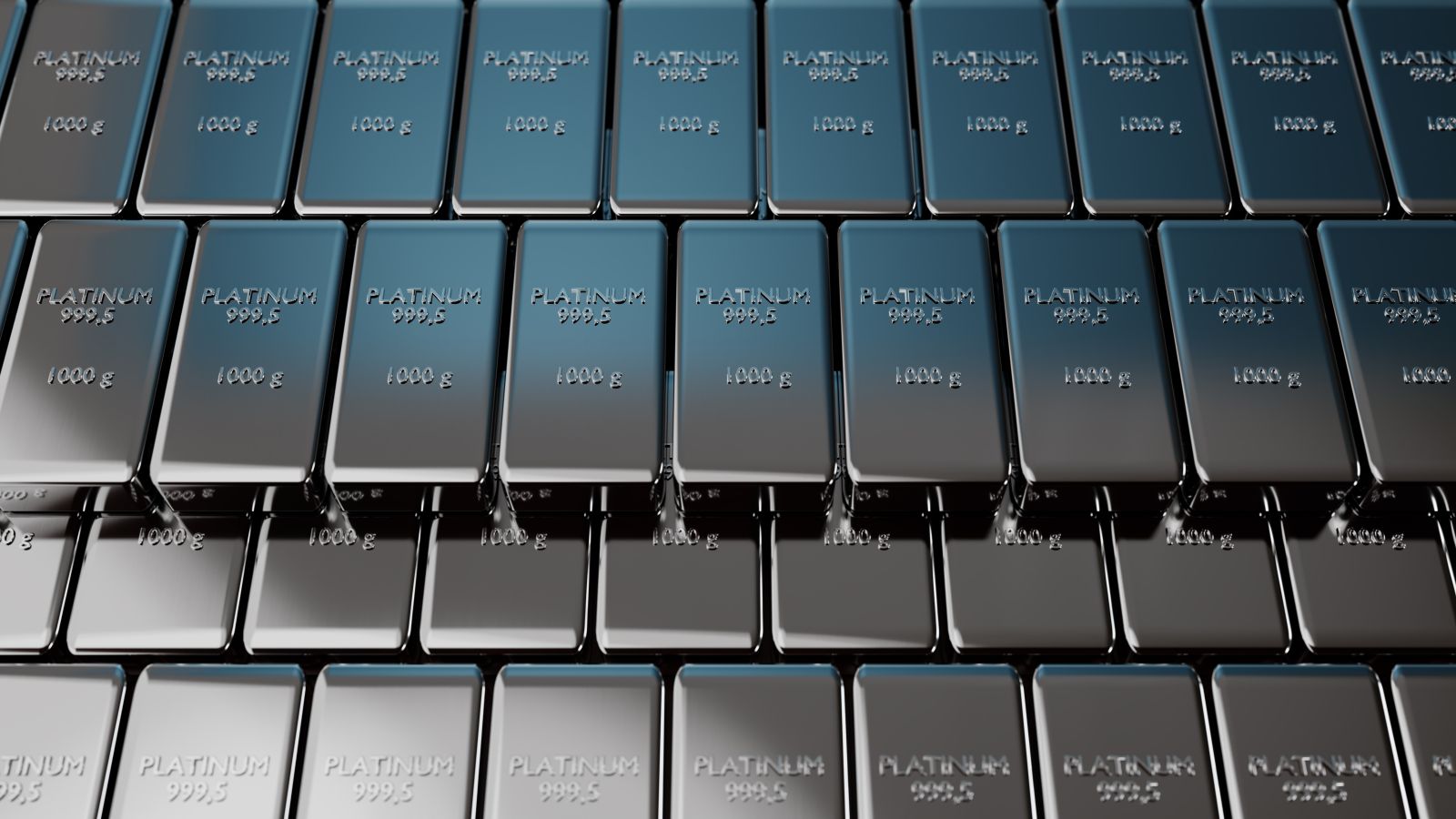
Automakers around the world are rapidly shifting gears by stepping up their investment in hybrid technologies, as consumers’ wariness over fully electric vehicles (EVs) seems to grow.
The threat from Chinese companies in EVs has only heightened carmakers’ focus on hybrid vehicles, which typically have double-digit margins. This compares favorably with fully electric vehicles, which are very often loss-making.
As proof that hybrid vehicles have made an unexpectedly dramatic comeback around the world, just look at Toyota Motor (TM), which has been the biggest proponent of hybrid technology. Its operating profit of $7 billion in the first quarter (up 78% year on year) reflects the shift in the global car market.
The company also recently unveiled a new generation of internal combustion engine (ICE) vehicles, as it expects the global shift to EVs to take longer than expected.
Here in the United States, hybrid vehicles had only a 7% market share in 2023. But that's beginning to change in a big way.
U.S. hybrid sales have risen at a torrid 35% year on year rate so far in 2024. The trend is similar in Europe. Hybrid vehicle sales in Europe so far this year have climbed 21% to 1.3 million units, compared with growth of just 2% for EVs, according to BNP Paribas (BNPQY).
According to S&P Global Mobility data cited by Reuters, hybrid sales are expected to more than triple over the next five years and make up 24% of U.S. new car sales in 2028.
Some car companies expect even more. Ford (F) CEO Jim Farley forecast hybrid sales for his firm quadrupling over the same period.
The Metal Benefiting From the Hybrid Boom
What caught my attention recently is how investors in commodities are playing the ongoing boom in hybrid vehicle sales.
Investors betting on the resurgent interest in hybrid vehicles, and resilient demand for traditional combustion engine cars, are putting money into funds that invest in platinum (PLV24) at the fastest rate in four years. Both hybrid and traditional engine vehicles use platinum to reduce emissions.
The thinking seems to be along these lines: “hybrids for longer, so more catalytic converters and platinum needed for longer.”
Bear in mind that catalytic converters in hybrid vehicles require higher volumes of platinum than traditional gasoline and diesel engines. Due to their greater temperature variability, hybrids require higher platinum content – typically 10% to 15% more – per vehicle to ensure effective emissions control.
Automotive demand is the single largest demand driver for platinum, accounting for around 40% of annual platinum demand. In 2023, automotive platinum demand grew strongly by 16% year-on-year to reach 3,211 koz (thousand ounces), and it is forecast to grow again this year, by a more modest 2%, to 3,269 koz.
The holdings in exchange traded funds (ETFs) that are backed by physical platinum surged by about 444,000 ounces in the second quarter of 2024. This equates to almost 6% of annual demand, and is the biggest quarterly jump since 2020.
Those ETF inflows helped to propel the platinum price 20% higher over the month through to the middle of May. It had been mostly trading below $1,000 per ounce since last June. However, platinum has since retraced some of its gains, and the most active futures contract now trades around $975 per ounce, far less than half of its all-time high of $2,240 in 2008.
Platinum’s Hole Cards?
Like everything at the moment, there is a tie-in to artificial intelligence (AI). Beyond autos, platinum demand is also being boosted by AI and data storage, since it is used in hard disc drives (HDDs). These are data storage devices comprised of magnetic platters coated with a platinum alloy to improve thermal and magnetic stability,
The market for hard disk drives is showing signs of a rebound after almost two years of decline, thanks to the rapid growth in AI driving the need for expanded data storage. According to Forbes, total HDD unit shipments in the last quarter of 2023 were up just under 1%, marking a turnaround in HDD demand, which had been in quarterly decline since the first quarter of 2022.
HDDs are benefiting from the introduction of heat-assisted magnetic recording (HAMR) technology. It’s an innovation that is improving storage capacity without increasing HDD size or creating additional power requirements. These features are of particular interest to data center firms, which are looking for solutions to better manage energy efficiency and storage capacity.
Platinum could have another important use in the future too, if fuel cell vehicles ever catch on.
The most common metal used as catalysts in fuel cells is platinum. It absorbs reactants strongly enough to create a reaction, yet not so strong that it becomes blocked. It’s selective, meaning it rarely produces undesirable by-products. It’s also incredibly stable, being able to withstand the operating environment of the fuel cell without undergoing any undesirable reactions.
Buy PPLT Shares
The takeaway here is that platinum demand - along with demand for hybrids - will remain strong for the foreseeable future.
The best way to play this, from a commodity perspective, is through the purchase of a physical platinum ETF - the abrdn Physical Platinum Shares ETF (PPLT).
The fund is backed by actual physical platinum bars that are held in secured vaults located in London. As of June 30, the fund held 1,017,379,123 ounces of platinum. The fund’s expense ratio is a reasonable 0.60%.
Despite the actual data on usage, Wall Street continues to fret over demand for catalytic converters and platinum. So PPLT has done little, and is down around 1-2% over the past year and off 3% year-to-date. This offers an opportunity to buy PPLT in the mid- to upper $80s.








